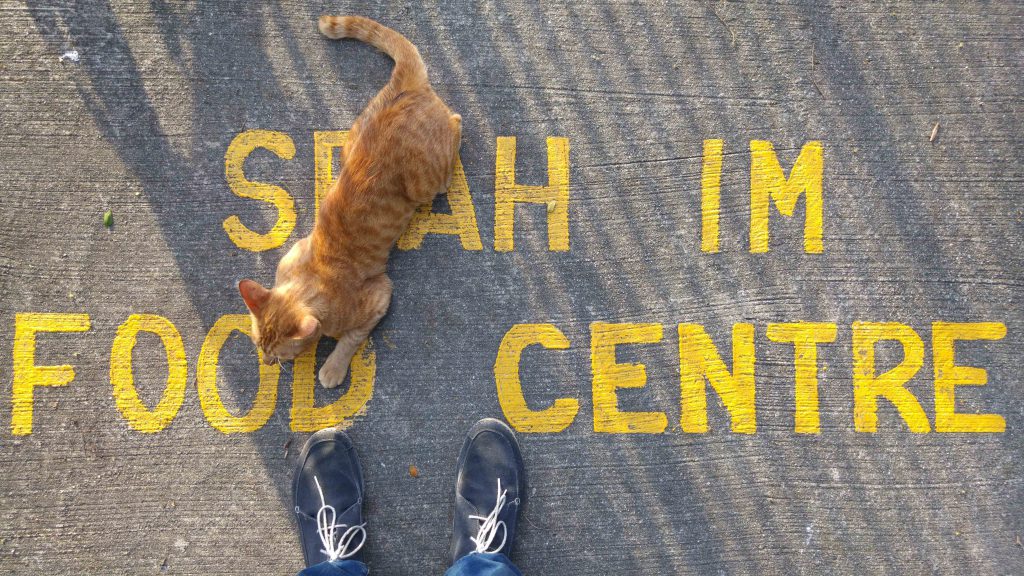No Room to Swing a Cat? Animal Treatment and Urban Space in Singapore
January 16, 2018

How should Singapore’s stray cats be treated?
On January 2015, 8 Purvis Street officially welcomed Singapore’s first cat museum. Named Lion City Kitty: The Cat Museum, Muses & Mansion, the independent museum is housed in a three-storey conserved shop-house. The museum aims to change the community’s attitude towards cats through raising awareness that cats are not a public nuisance and should be accepted as part of our lives. Remarkably, the museum doubles as a cat shelter. Located on the second floor, the Muses section is a joint collaboration between the museum and the Cat Welfare Society (CWS). Homeless cats are housed there and cared for by volunteers from the CWS until adoption.
Ying-Kit Chan traces the emergence of cat welfare groups in Singapore. Since the 1960s, stray cats were seen as a public hygiene concern because they feed on waste food left-over by hawkers and are believed to spread germs. The situation exacerbated post-independence when rural dwellers abandoned their cats after moving into apartments. Hence, the authorities carried out the controversial method of controlling the stray cat population by culling. Alarmed by such developments, cat welfare groups began forming to discourage culling and promote greater understanding towards stray cats. Groups such as the CWS worked with the Agri-Food & Veterinary Authority of Singapore (AVA) on finding better solutions to the stray cat problem. They convinced the AVA that sterilization was also an effective and humane method.
You can view the full article here.
